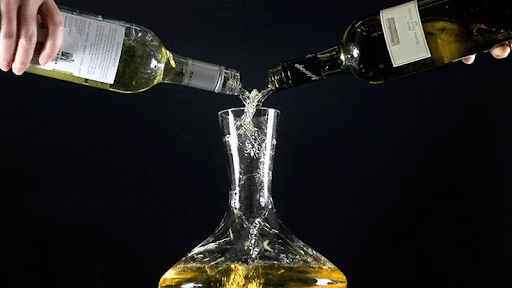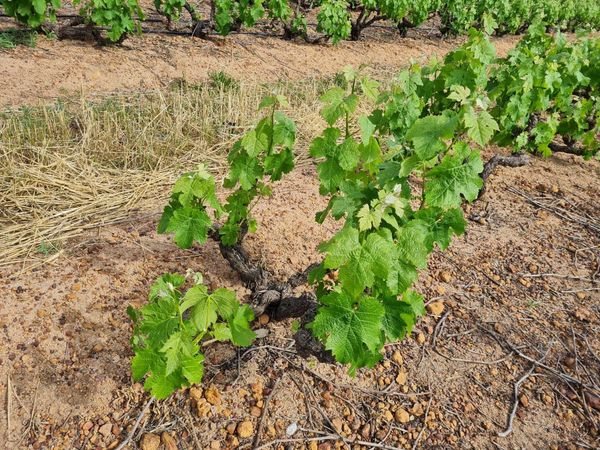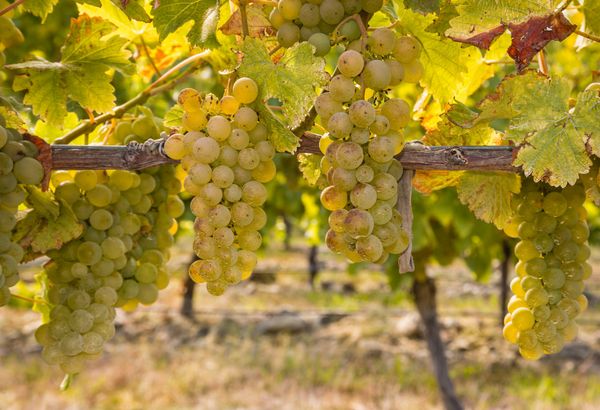Day 5 — White blends
If you’re like me in any way, you probably have a bit of a love-hate relationship with white wine blends. I never try very hard to find good blends and I often feel that the less expensive blends were produced as afterthoughts in the process of winemaking. One could almost say that certain blends are created because there was wine left after bottling. Yes, this is an extremely unfair and unrealistic thought. And, yes, I have since come to understand and appreciate the very real art of wine blending. It really is not just a case of ‘pouring wines together to fill a bottle’.
So then, why do we blend wines? Why can’t we let a Sauvignon Blanc or a Chardonnay be?
There are multiple reasons for blending wines, but I will take a quick look at two reasons in particular today. Firstly, consistency in a wine’s style across vintages and secondly, complexity of a wine.
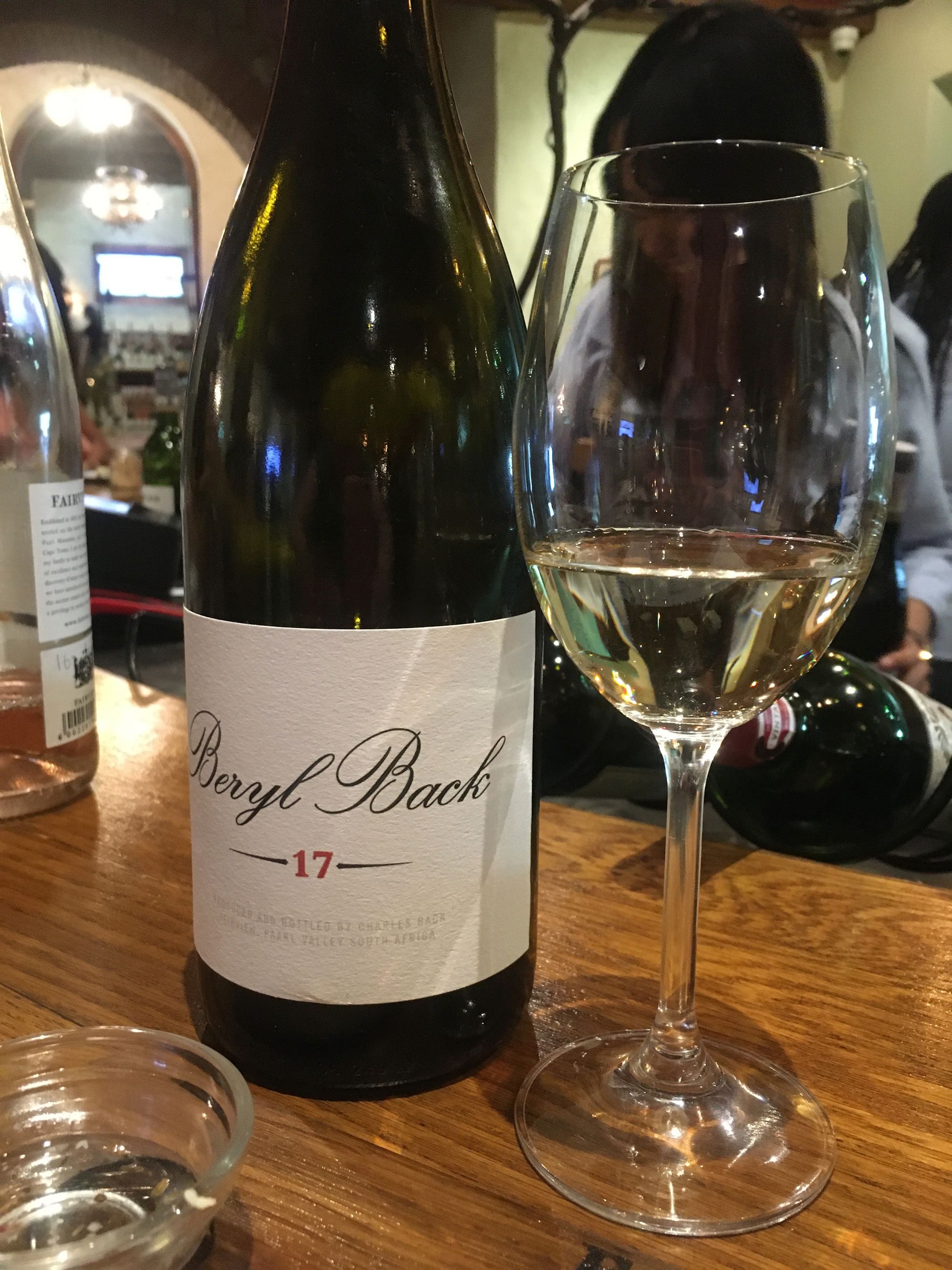
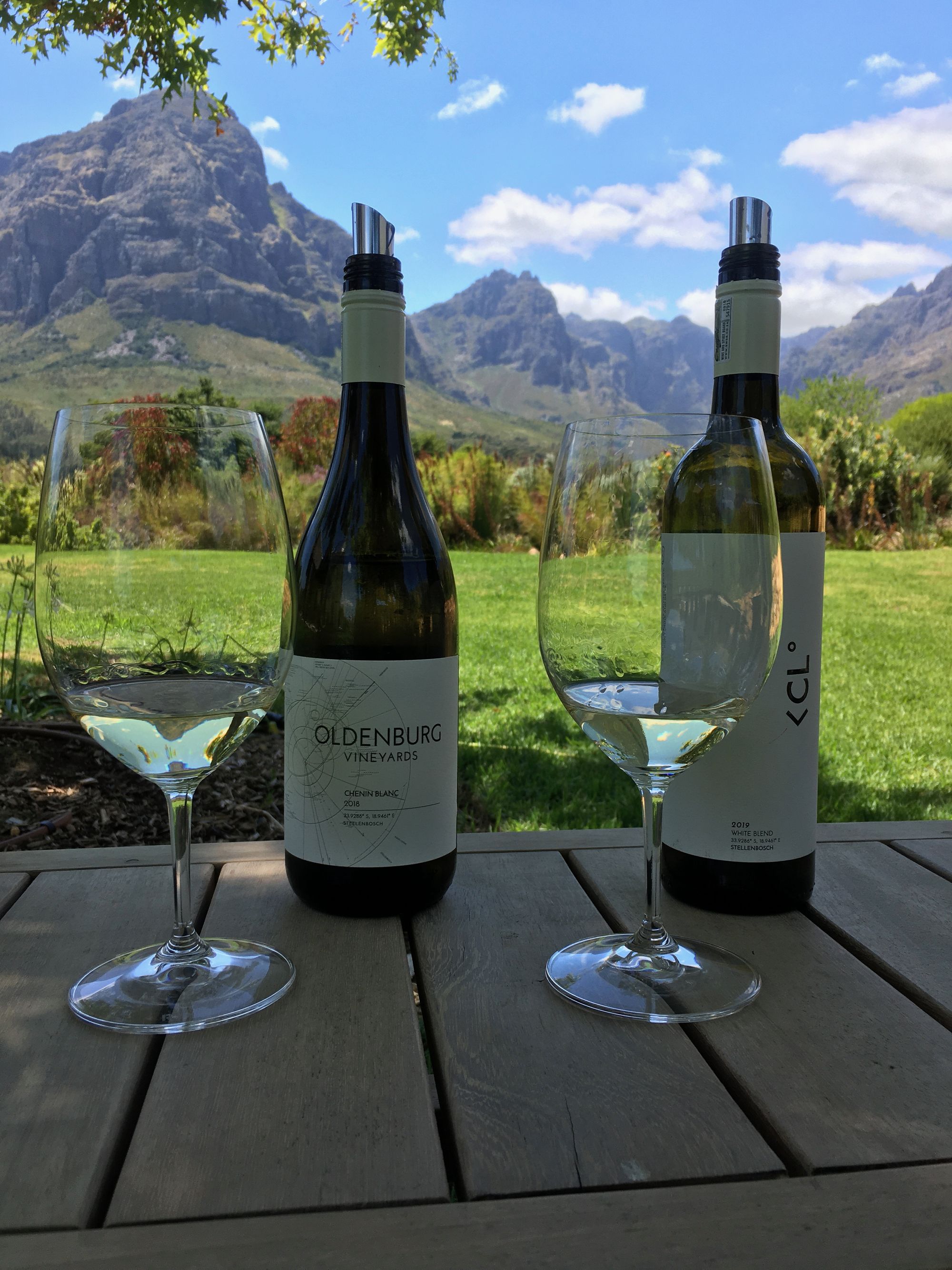
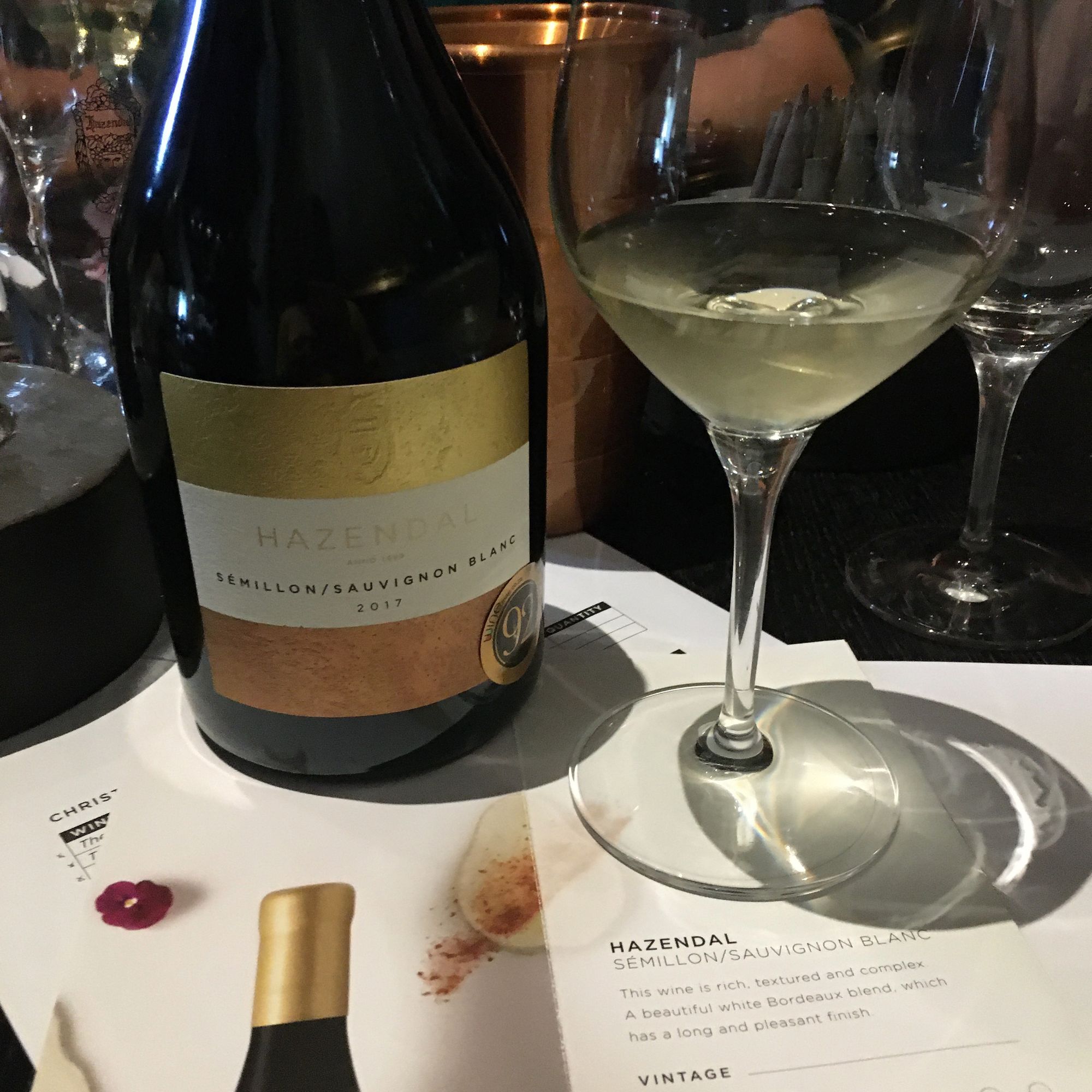
Consistency
Certain producers have been producing a specific style of wine since the beginning of time. Consumers (the wine drinkers) have come to associate a taste profile and style with a specific brand (a good example of a consistent wine is the Beyerskloof Pinotage — you always know what you will get).
Your next question is probably, why do they need to blend wine if they always use the same grapes to make wine? This is due to the difference in weather conditions each year and the impact that has on the grapes. For example, if a year is colder than usual the grapes may not ripen as well and may taste more acidic. If the year is warmer, the grapes may become riper and could have more tropical fruit flavours (in white wines).
For this reason, a winemaker may need to blend different wines each year if they wish to consistently produce a wine that will maintain the brand’s style. This is particularly true for French wines — and maybe not as much for South African wines, but do not quote me on this. 😜
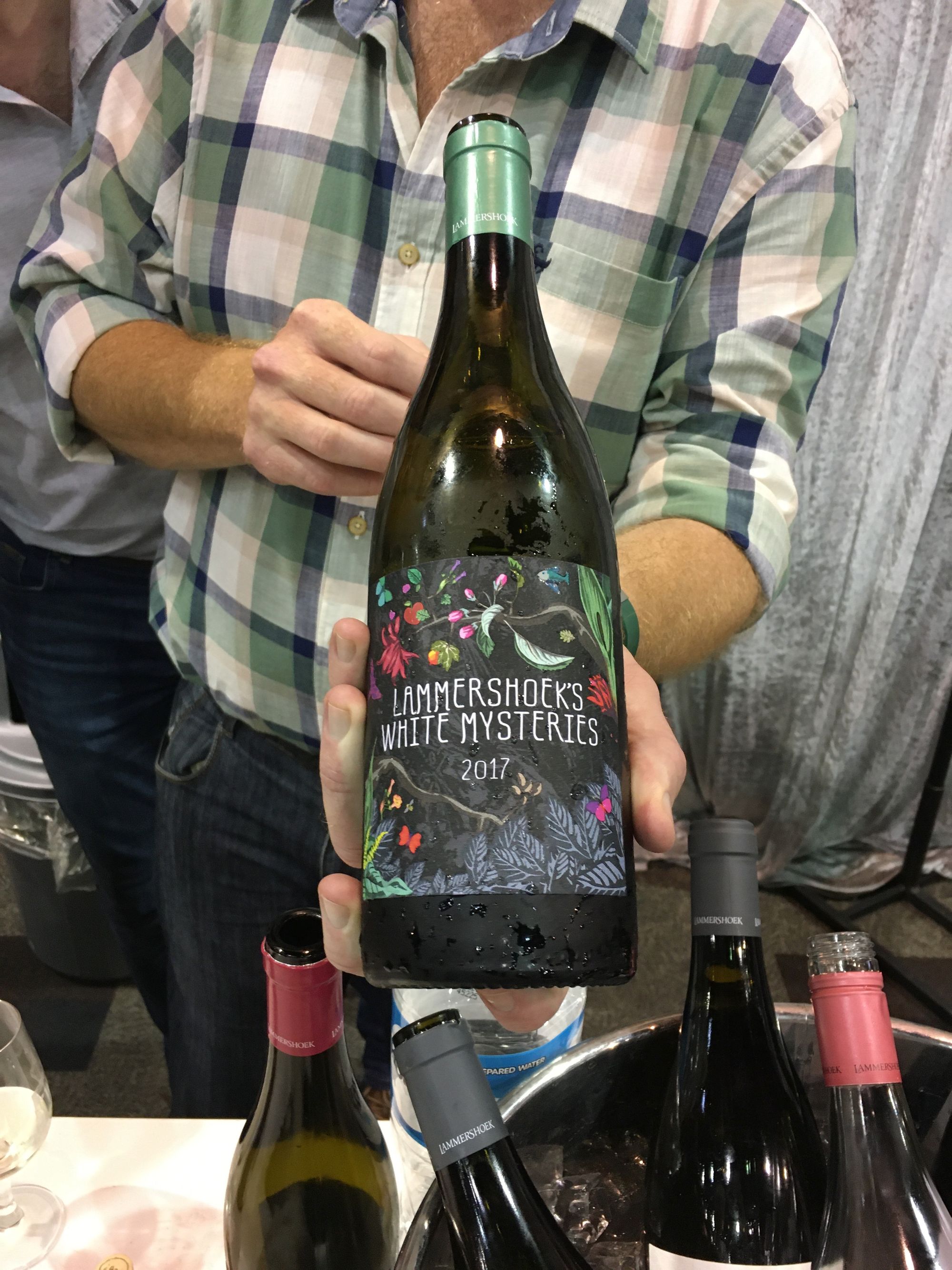
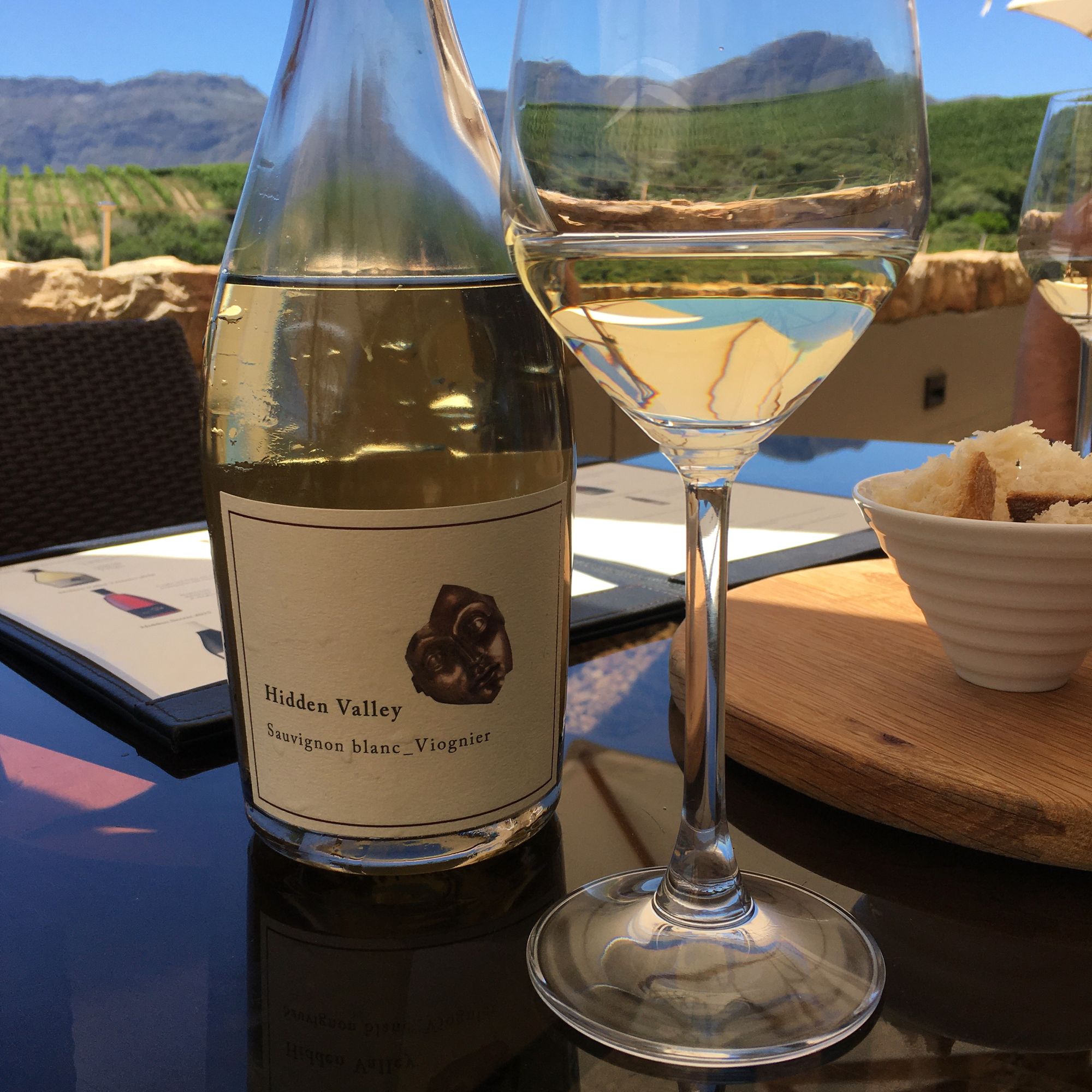
Complexity
We all know and love Sauvignon Blanc, but it is not a very complex wine. Should a winemaker wish to produce a refreshing wine, that is a little more complex, they will probably decide to blend the Sauvignon Blanc with, for instance, Semillon. This adds a couple of different flavours and more depth to the wine. A blend such as this could take a wine from being a picnic wine to being a (light) lunch wine.
However, it is important to note that complexity in a wine can also be achieved by blending wine from the same varietal that originated from different vineyard locations or was even made by different techniques. This could, for example, be a wine produced from grapes that were grown in Elgin as well as grapes that were grown in Paarl or a Chardonnay made from wine that was barrel fermented (oaked) and then blended with an unoaked Chardonnay.
Challenge yourself to buy a good white wine blend the next time you are in the store and try to figure out which of the aromas that you can identify come from which of the grapes in the blend.
Until next time!
Follow The Wine Dream on Instagram for more photos and tasting notes.

